Until two centuries ago, watches belonged in a man’s world. After all, why did women need to tell the time? The emergence and evolution of women's watches is a fascinating journey that mirrors broader cultural and technological changes. From the ornamental pendants of the 16th century to the smartwatches of today, they have continually adapted to meet the needs and desires of women across the ages, balancing elegance with functionality.
This journey spans centuries, reflecting both the changing aesthetic preferences and practical needs of women throughout different eras.
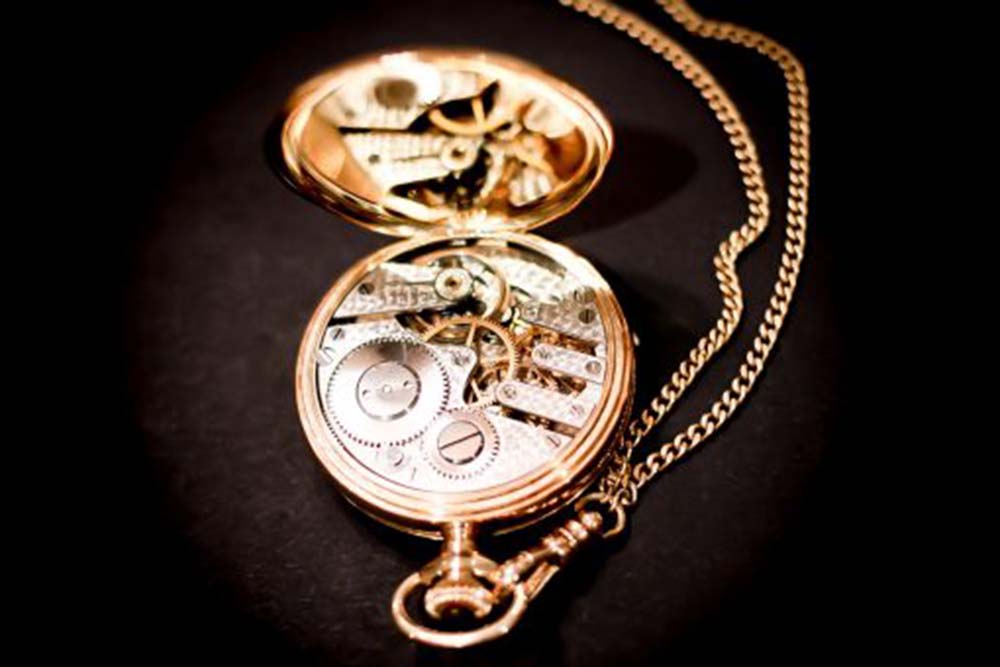
The Beginnings: 16th To 18th Century
The story of women's watches begins in the 16th century with the creation of the first portable timepieces. These early watches were often worn as pendants or carried in pockets, largely serving as status symbols rather than precise timekeeping devices. Wristwatches also made their initial appearance during this period, primarily as ornamental accessories for women. These pieces were richly decorated and valued more for their craftsmanship and beauty than for telling the time accurately.
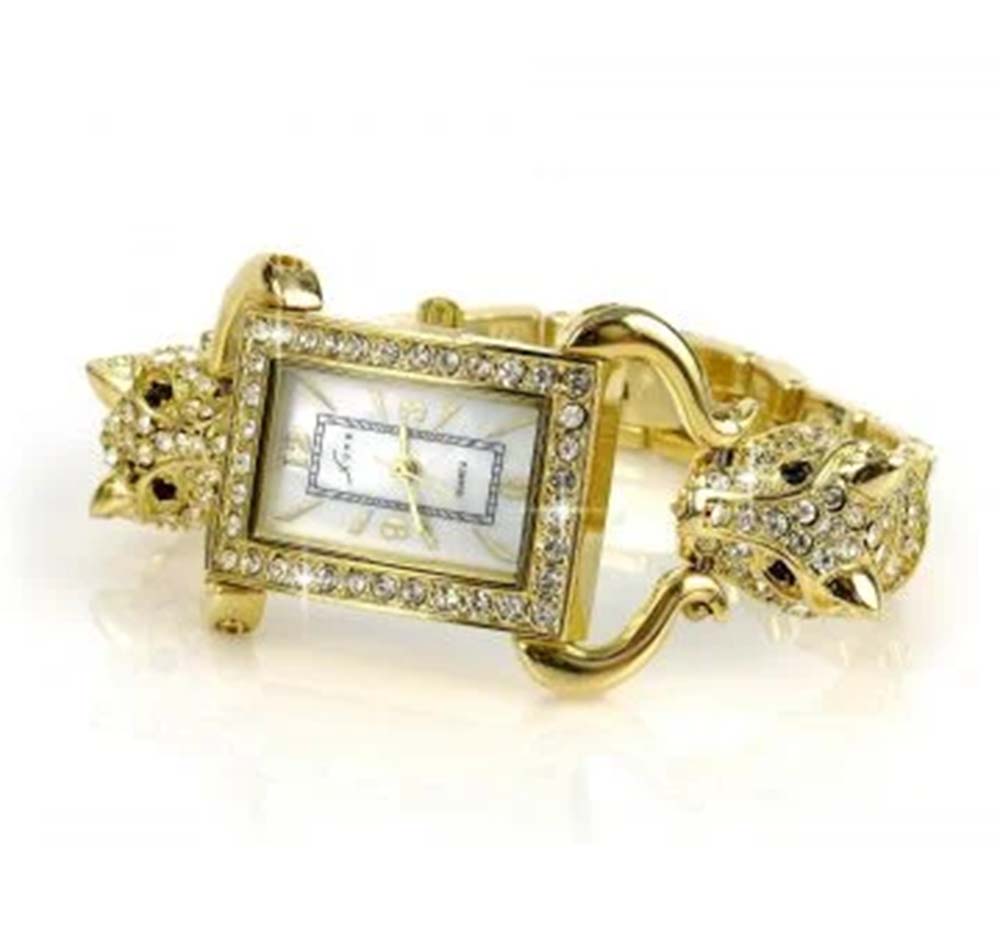
19th Century: The Rise Of Wristwatches
The 19th century marked a significant turning point as wristwatches gained popularity among women.
The earliest women's watch appeared when a timepiece was created for Caroline Murat, Queen of Naples and sister of Napoleon Bonaparte. During this period, women's dresses didn't have pockets to carry pocket watches like men’s did. It was actually considered improper for women to wear watches. To address this, jewellers ingeniously hid timepieces in bracelets and decorative ornaments, leading to the invention of the first wristwatches.
Unlike men, who favoured pocket watches, women's fashion made wristwatches a more practical choice. These timepieces often featured intricate designs and precious stones. As women's societal roles began to expand beyond the home, the need for practical and reliable timekeeping grew, and wristwatches met this demand with grace and style.
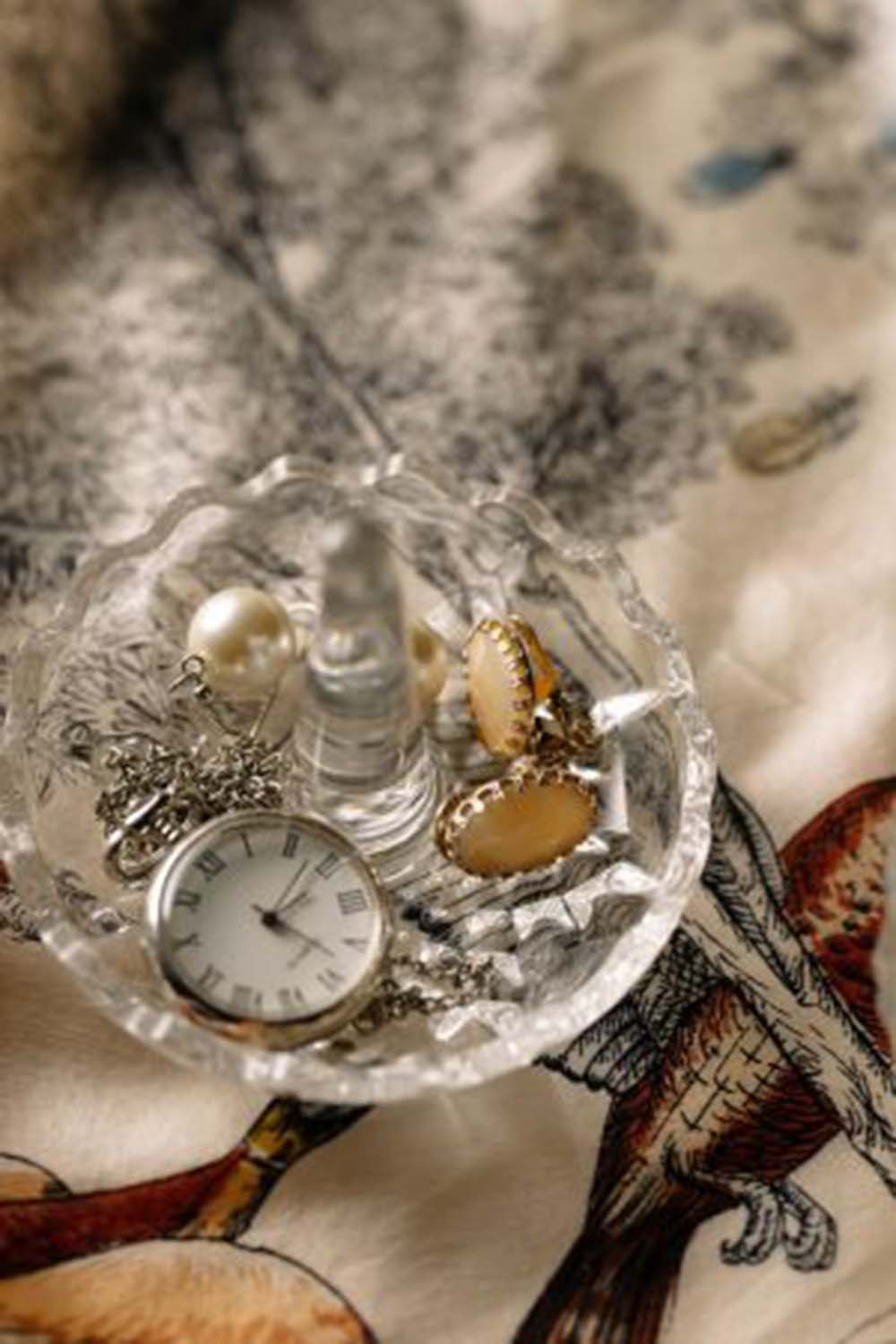
Early 20th Century: Standardisation And Mass Adoption
The early 20th century saw wristwatches become more standardised and widely adopted. World War I played a crucial role in this transition. While soldiers' need for accessible timepieces popularised wristwatches among men, women continued to embrace them for their utility as well as their sartorial appeal. Technological advancements allowed for smaller, more precise movements, catering to women's preferences for delicate and elegant designs.
The 1950s introduced electric watches, and the 1970s brought quartz movements, revolutionising the industry with unprecedented accuracy and affordability. These innovations made watches more reliable and accessible to a broader audience.
By the late 20th century, the influence of fashion designers became increasingly prominent in the watch industry. Designer brands began to emphasise aesthetics and brand prestige, sometimes over technical specifications. This era saw a diversification in watch designs, from minimalist to extravagant, incorporating a wide range of materials such as stainless steel, gold, leather, and ceramics. Women's watches became as much about personal expression as they were about timekeeping.
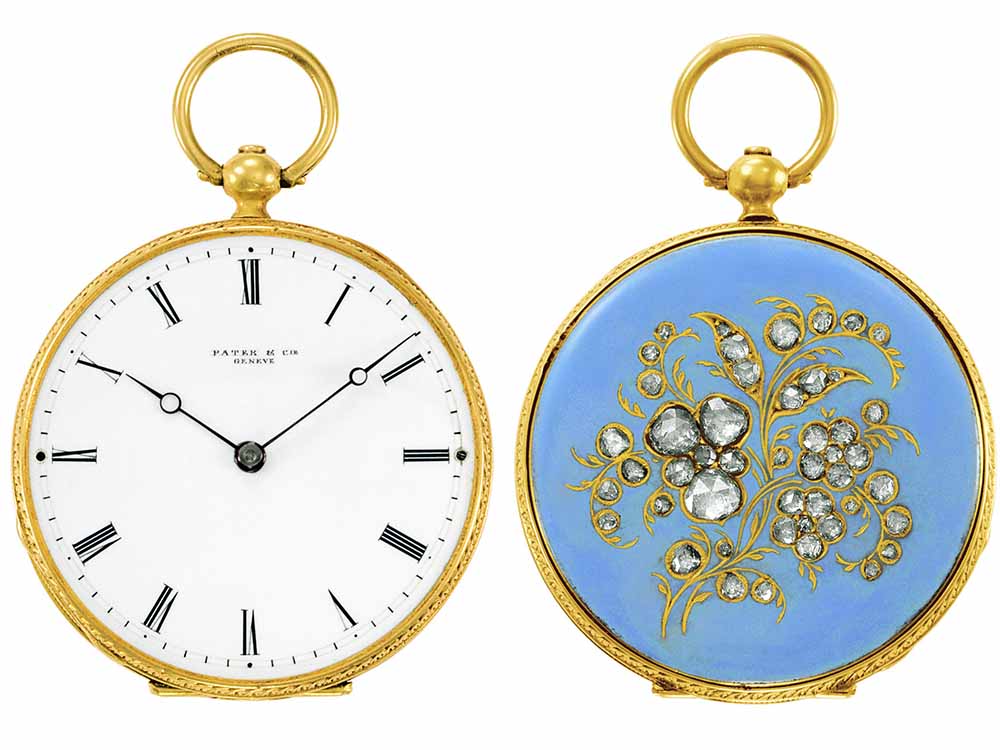
21st Century: Smartwatches And Sustainable Choices
The start of the 21st century introduced smartwatches, merging traditional watchmaking with digital technology. These multifunctional devices offered features like fitness tracking, notifications, and customisable watch faces, appealing to tech-savvy women. In parallel, there has been a growing focus on sustainability and ethical production. Modern brands are increasingly using eco-friendly materials and transparent supply chains, reflecting a broader societal shift towards sustainability.
Today's women's watches are not just timepieces; they are versatile accessories that blend style, function, and personal expression.
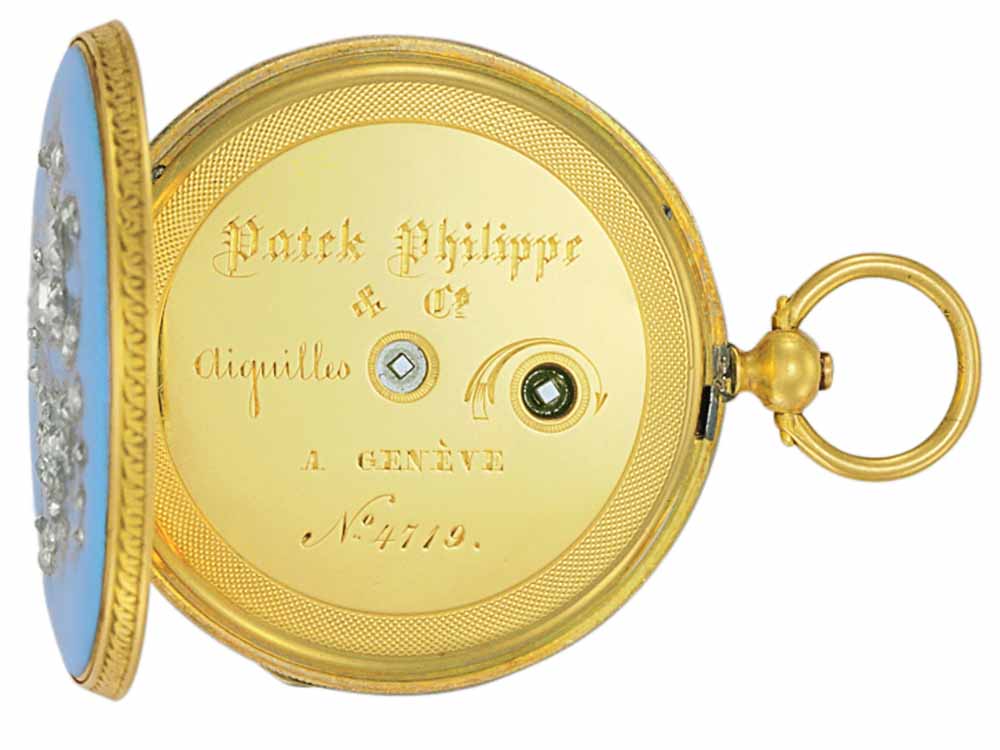
As technology advances and fashion trends evolve, women's watches will undoubtedly continue to innovate, balancing elegance with practicality and reflecting the dynamic roles of women in society
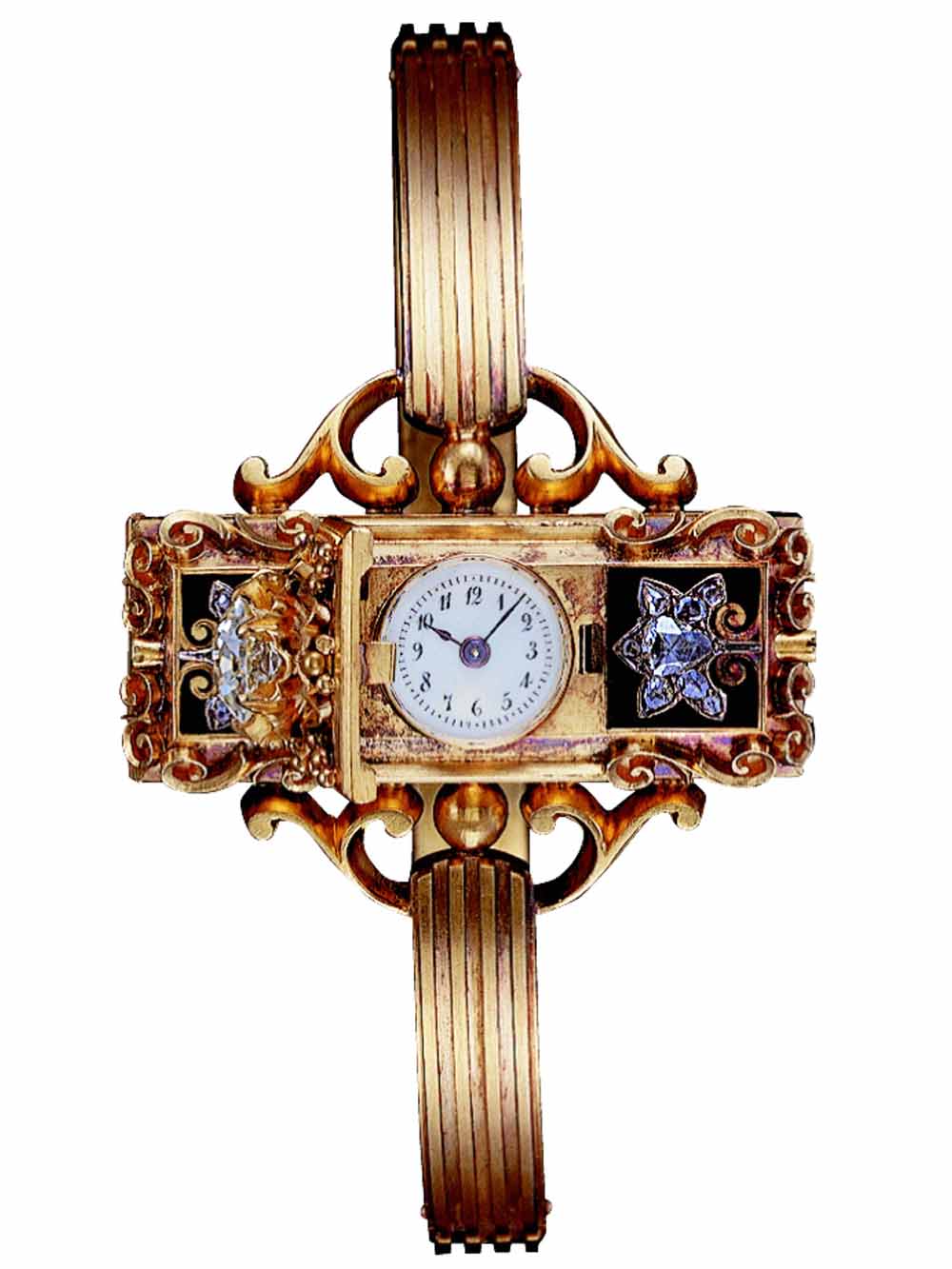
(Image credit: firstclasswatches.co.uk, thehourglass.com)